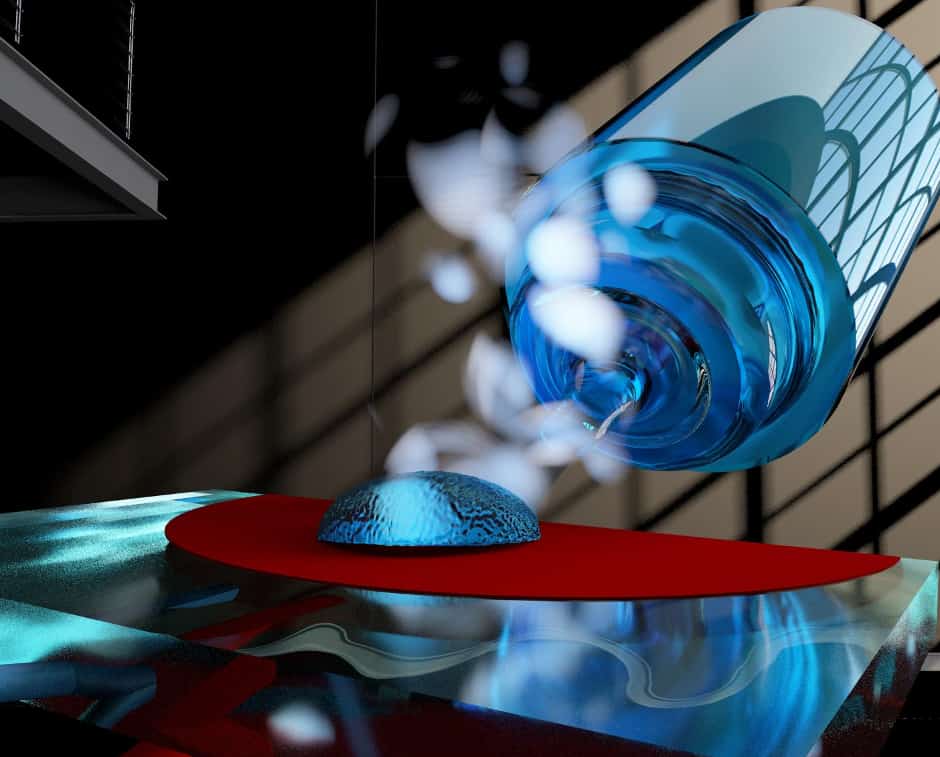Device eliminates bacteria with atomised disinfectants

Researchers have developed a device that diffuses potent disinfectants for airborne delivery, an advance claimed to work on disinfectants that have never been atomised before, including Triethylene glycol (TEG).

In a study published in Applied Microbiology and Biotechnology, the team of engineers and physicians in San Diego used the device to atomise disinfectants onto environmental surfaces contaminated with bacteria and showed that it eliminated 100 per cent of bacteria that commonly cause hospital-acquired infections. In addition, atomised bleach solution, ethanol and TEG eliminated multi-drug resistant strains of bacteria including K. pneumoniae.
"Cleaning and disinfecting environmental surfaces in healthcare facilities is a critical infection prevention and control practice," said Dr Monika Kumaraswamy, a physician scientist at the University of California San Diego, hospital epidemiologist at the VA San Diego Healthcare System and corresponding author on the paper. "This device will make it much easier to keep hospital rooms clean."
Register now to continue reading
Thanks for visiting The Engineer. You’ve now reached your monthly limit of news stories. Register for free to unlock unlimited access to all of our news coverage, as well as premium content including opinion, in-depth features and special reports.
Benefits of registering
-
In-depth insights and coverage of key emerging trends
-
Unrestricted access to special reports throughout the year
-
Daily technology news delivered straight to your inbox










Water Sector Talent Exodus Could Cripple The Sector
Maybe if things are essential for the running of a country and we want to pay a fair price we should be running these utilities on a not for profit...